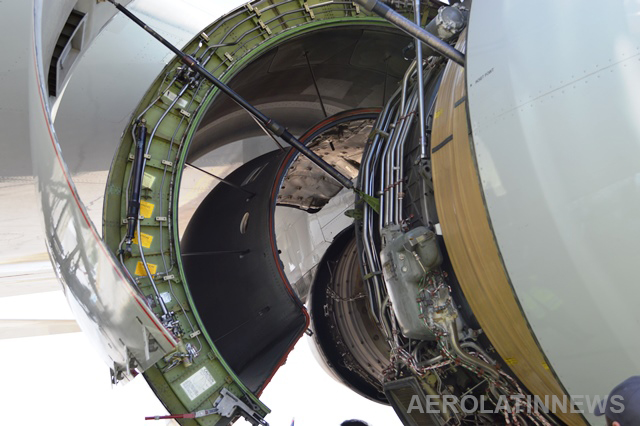Maintenance, repair and operation (MRO) plays a significant role in the enlargement of the air transport fleet. The Air Transport MRO evolved out of drift by airline companies to outsource the task of maintenance, repair and overhaul of engines, line, airframes and components to independent/third-party or airline operated/owned MRO set ups. A decade earlier, most MRO activities were domestic, with technical support from OEMs. Generally the third-parties are OEMs or supported by OEMs. The reason behind MRO outsourcing is that most of the aviation companies need to focus on their core business.
The basic services provided by Air Transport MRO include "“ Maintenance and disassembly of heavy parts, periodic checking and repairing of engine, maintaining and enhancing efficiency of avionics, conversion of passenger aircraft into fighter aircraft and overall maintenance of the fleet. MRO is the major expenditure by any airline company other than purchasing of the aircraft. Huge investment associated with MRO which are made mandatory by international Aviation authorities can be substantially utilized through proper MRO plan. It also provide opportunity for serviceable and reliable value retention.
The forces that drive global air transport MRO market are "“ continuous focus on cost reduction through maintenance, endless concern from airframe OEM"™s, introduction of new generation maintenance less aircrafts, Globalization and outsourcing of MRO market. There are some other factors that affect Air Transport MRO "“ Demand & supply portfolio, Research & development, entry barriers posed by leading players, Technology absolution due to continuous launching of new products, undeveloped automated software vendor market and low margins. North America and Western Europe has matured market while India, China and Middle East are growing market with more future opportunities. Most of the Air Transport MRO"™s and OEM"™s are located in North America…



